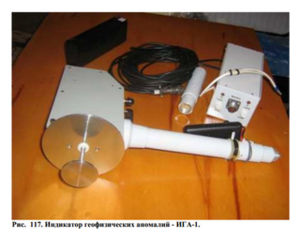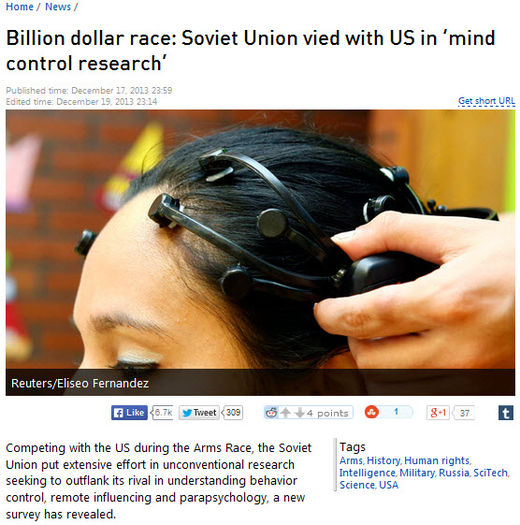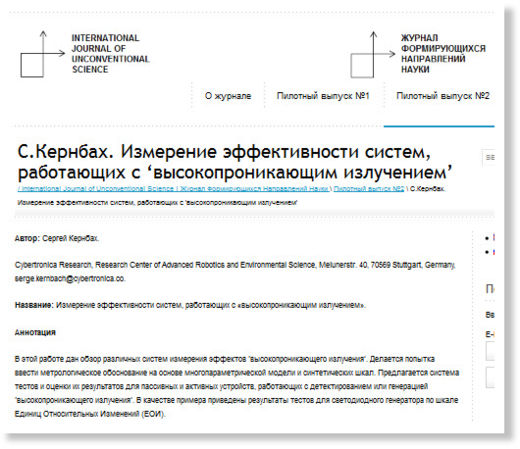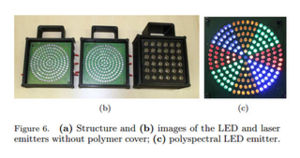Cf. 'Billion dollar race: Soviet Union vied with US in 'mind control research'', Russia Today, December 17th, 2013
The title of this article comes from a recent paper by Serge Kernbach:
'Unconventional research in USSR and Russia: short overview', Serge Kernbach (Submitted on 4 Dec 2013 (v1), last revised 5 Dec 2013 (this version, v2)) Nowadays almost every physicist is monitoring, one way or another, all the new papers in her/his domain of interest. The arxiv site is probably the most popular one among physicists, mathematicians and computer science researchers. It is not completely easy to submit a paper there. Not that there is a peer-review process there, but some kind of endorsement from some "well-established" scientist is needed. Otherwise your paper will not be accepted for pre-publication. Why was Kernbach's paper accepted? Because he has 16 papers already there. And also, probably, because of his affiliation:
Cybertronica Research, Research Center of Advanced Robotics
and Environmental Science, Melunerstr. 40, 70569 Stuttgart, Germany
Checking the publications of Serge Kernbach we find that his main interest is in the science and practice of robotics, mainly in "swarms of robots". An army of mini-robots can today be programmed to act in a way similar to the behavior of ants and/or bees. Look at these videos - they are amazing, and also somewhat scary:
But why does an expert in swarms of robots get interested in "unconventional research" that has to do with physics?
This question came to my mind after his paper caught my attention. So I started a little research of my own. The article has also the comment stating that: So I checked what it is that Serge Kernbach is publishing in Russian rather than in English? Well, it appears that he is one of the co-founders of the Journal of Unconventional Science. In the first issue of this online journal there is an introductory article, written together with Vlad Zhigalov, in which the Editors touch the subjects of scientific ethics, and also describe the way the new journal will work. Then there is another paper, also written with Vlad Zhigalov, in which they describe a series of experiments on the "phantom effect" - one of the effects that are sometimes classified as belonging to "the paranormal". But even more interesting is Kernbach's paper in the most recent issue of the Journal:
It follows from this article that Kernbach is interested in "highly penetrating radiation". In fact he is an inventor of some of the devices that produce such a "radiation". The physical nature of this radiation is not clear. It may act both on physical devices and on biological systems as well. It can penetrate walls and act at a distance, even 'faster than light".

One of the commercially available detectors of the "higly penetrating emission" - IGA1. From a paper by V. Zhigalov "Harakternye jeffekty nejelektromagnitnogo izluchenija" 2011
We can ask now again: why is it that Serge Kernbach, an expert in artificial intelligence and swarms of robots, is also interested in "paranormal phenomena" (or in "psychotronics", as it was called in Russia)?
A partial answer to this question may be guessed from the referee report published under the article in The International Journal of Unconventional Science. The report is written by A. Yu. Smirnov, another expert in "radiation of unknown nature", and inventor of another "generator" of such a radiation.
Smirnov discusses there the role of "information" and the role of the "human operator" in experiments with similar devices, both generators and the detectors. These subjects appear to be neglected in the article by Kernbach. Smirnov suggests that one reason for these omissions and for the fact that Kernbach is mainly interested in some kind of an official "certification" of similar devices, may be the commercial reason. It would be nice if we can equip robots with similar sensors, let them communicate using not-well-understood but sometimes very effective processes, and sell them. Here are just two sentences from Smirnov's review: In translation:
The original article by Serge Kernbach, the one about "Unconventional research in USSR and Russia", the one that was featured on Russia Today, tells us about the research up until 2003. What happened after that? Well, after that Serge Kernbach himself is busy with his own unconventional research.
As the subject touches several areas of physics that are within my own domain of scientific interest, I am going to write more about these subjects in forthcoming articles.
Update: After posting this article I have received the following additional information kindly sent to me by Serge Kernbach:
1. "On metrology of systems operating with 'high-penetrating' emission" - This is the second part of the review - a survey on measurement of the emission (I'm finalizing now the third part, which is related to the same topic but in western history)
2. "Replication Attempt: Measuring Water Conductivity with Polarized Electrodes" - This is a JSE paper, where I was very curious about such an emission and made a large number of replications based on A.V.Bobrov approach
3."Long and Super-Long Range device-device and operator-device Interactions"- This paper is about our experiments (with colleagues) with long-range "non-local" signal transmission.
------------------------------------------------
To quote from the last paper 3):
Long and Super-Long Range device-device and operator-device Interactions
Serge Kernbach, Vitaliy Zamsha, Yuri Kravchenko
Abstract - This work describes performed device-device and operator-device experiments at long and super-long distances of >1 km, >100 km and >10000 km. Experimental setup uses two types of sensors, based on electric double layers and IGA-1 device, and two types of LED and laser generators. We analyzed the construction of the setup, establishing a connection between receiver and emitter, and multiple effects appeared. A common character of operator- and device- interactions is assumed. This approach can be considered as a novel communication system as well as a system for operator training with an objective feedback from devices.
And here are examples of emitters used in these experiments:



You need to be a member of 12160 Social Network to add comments!
Join 12160 Social Network